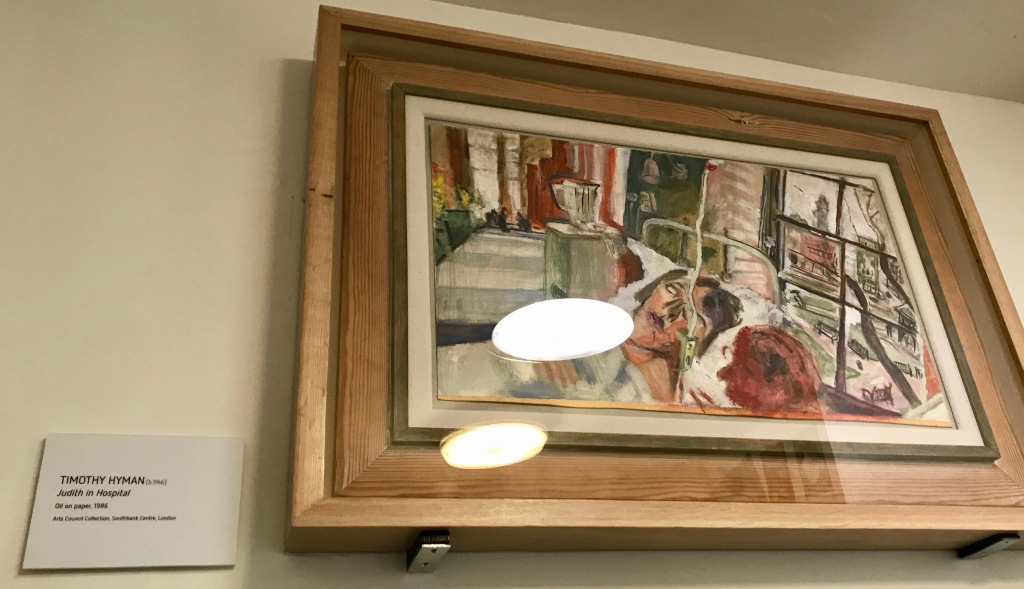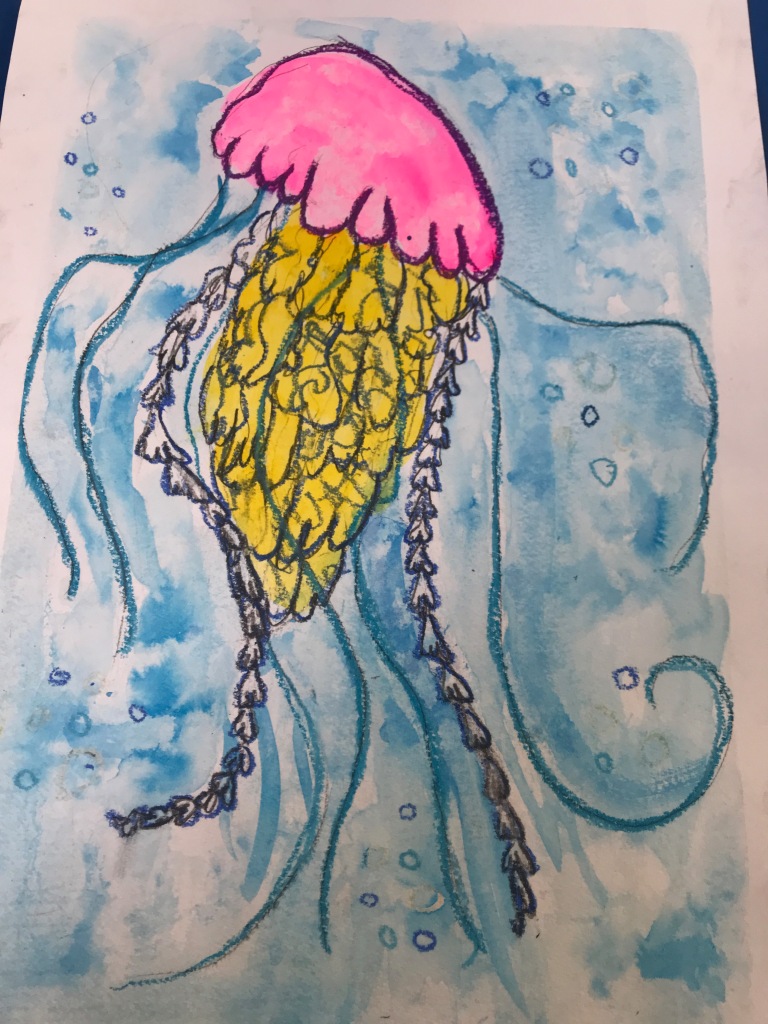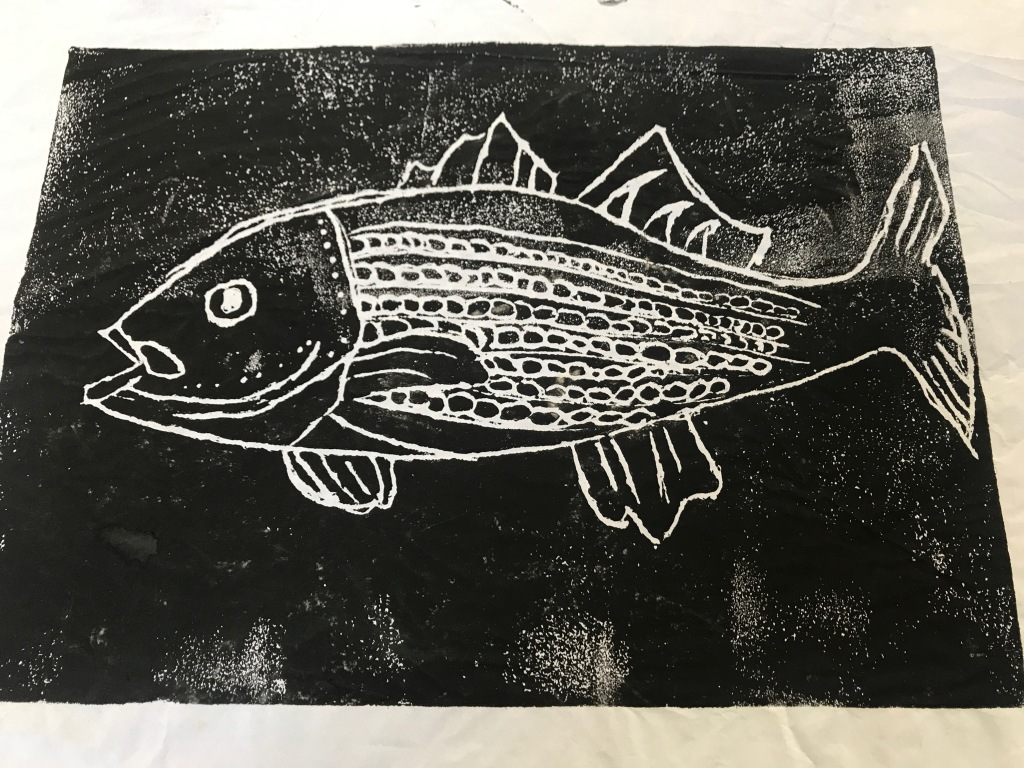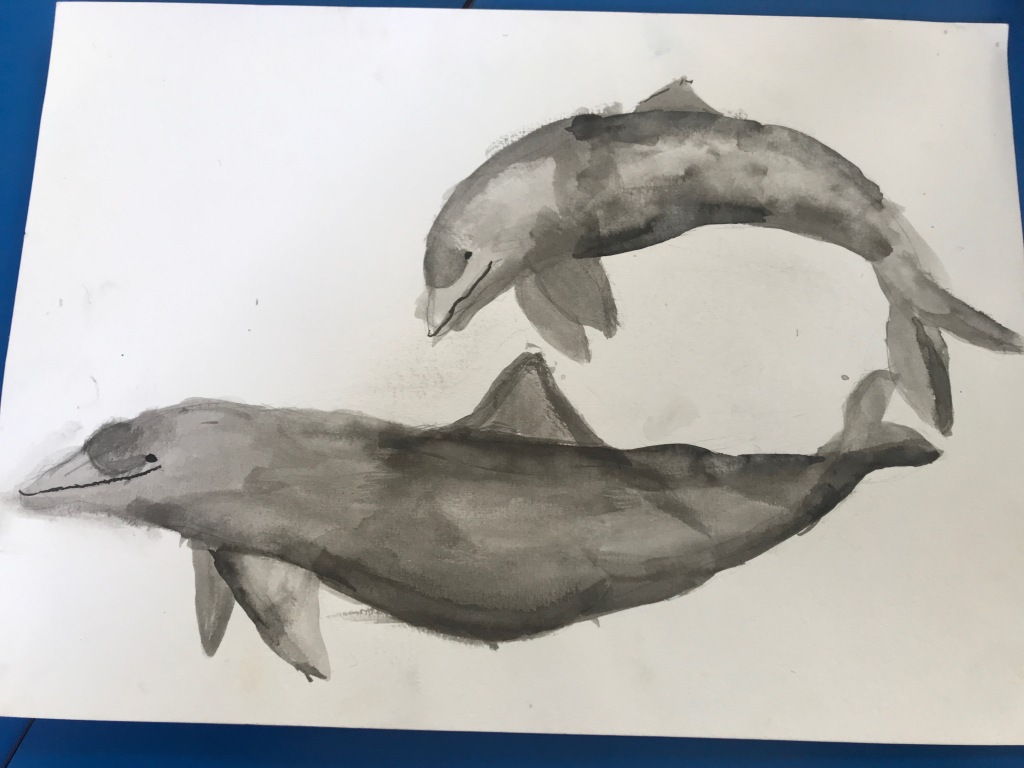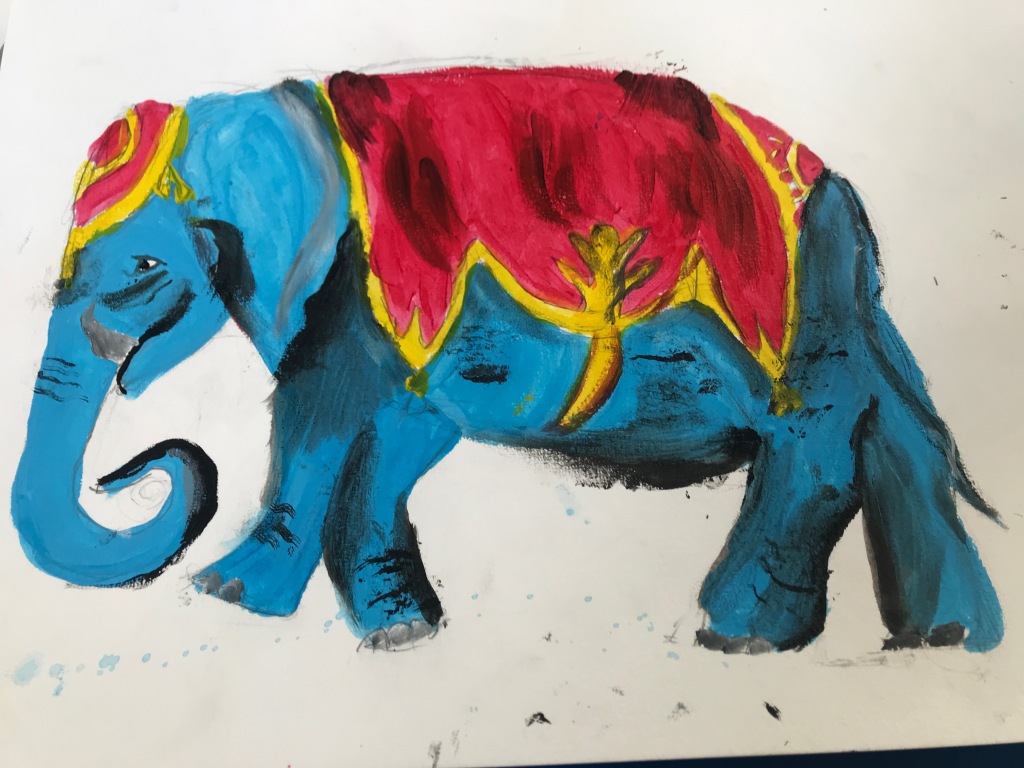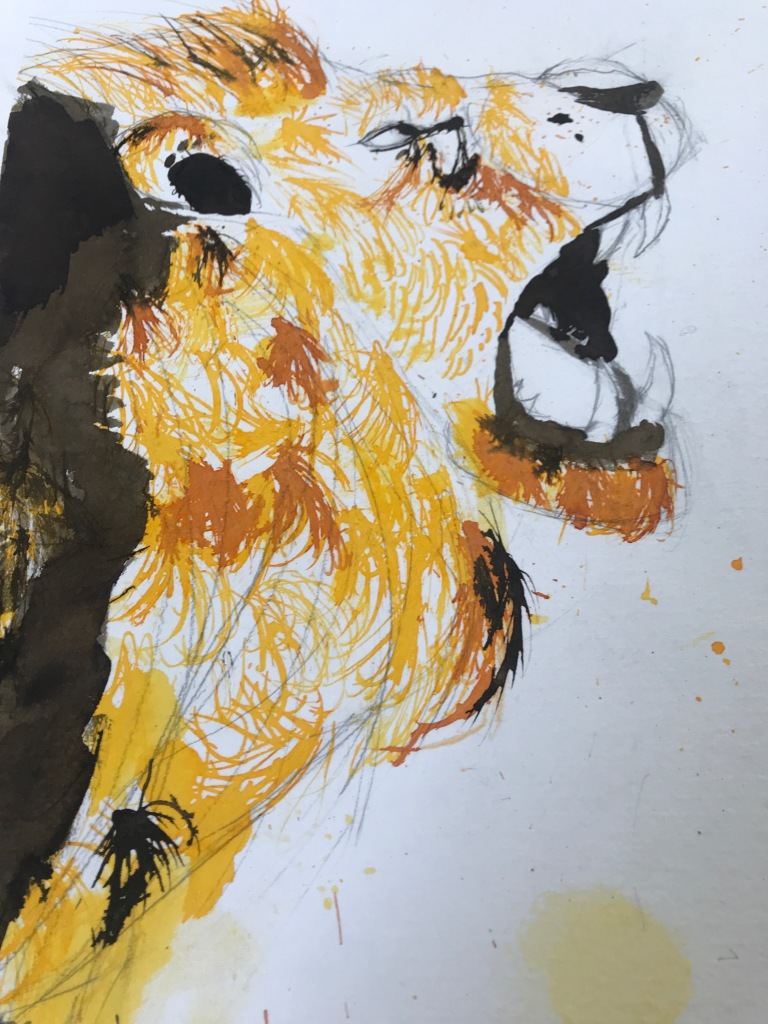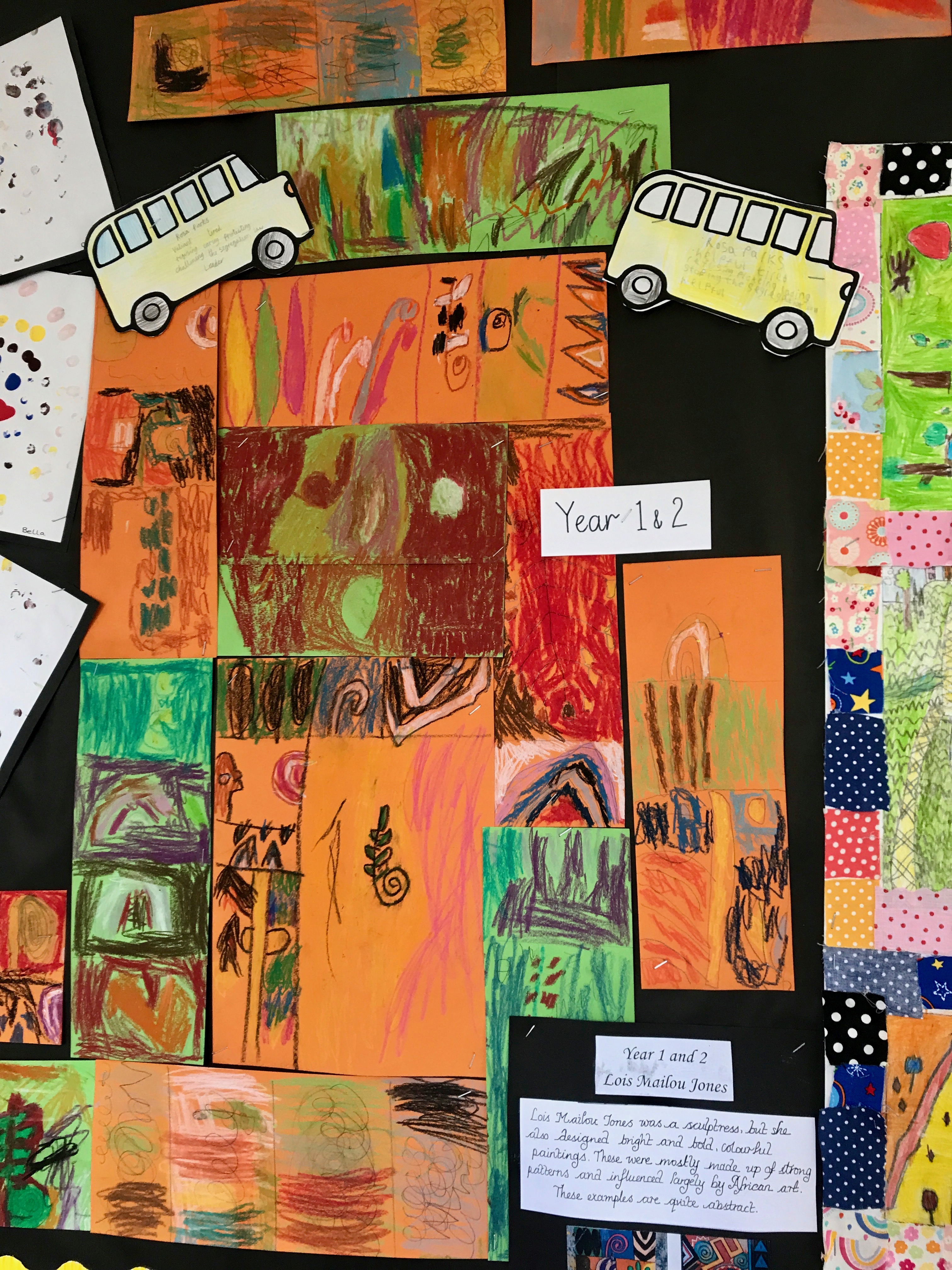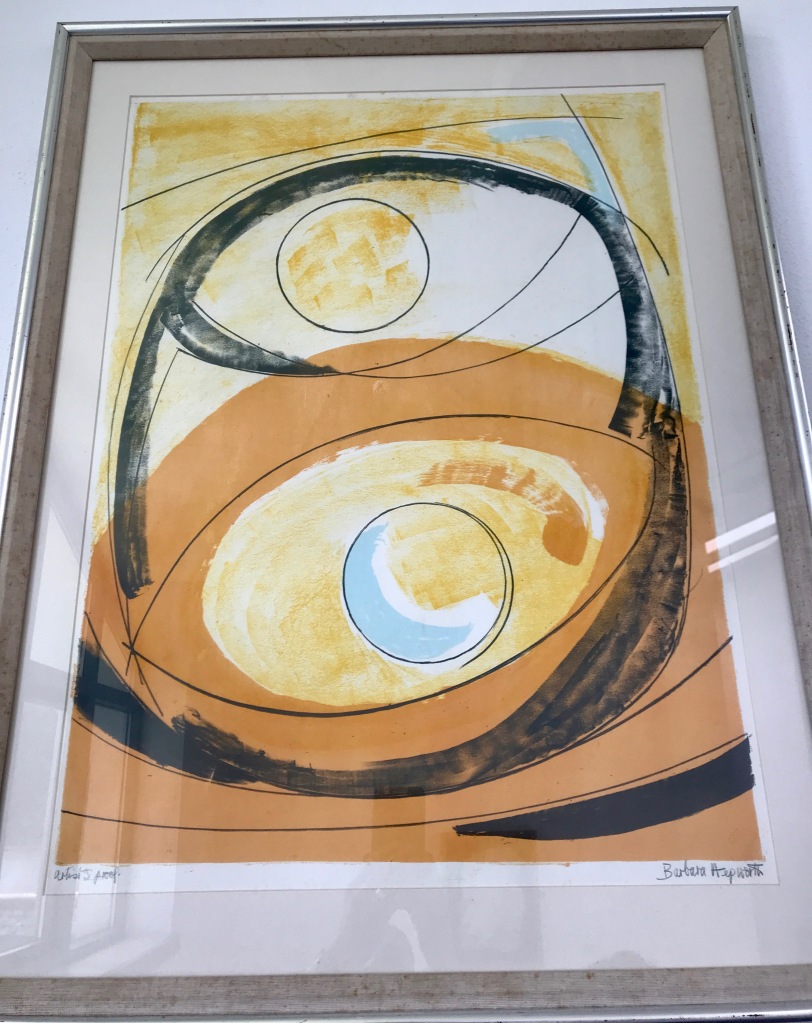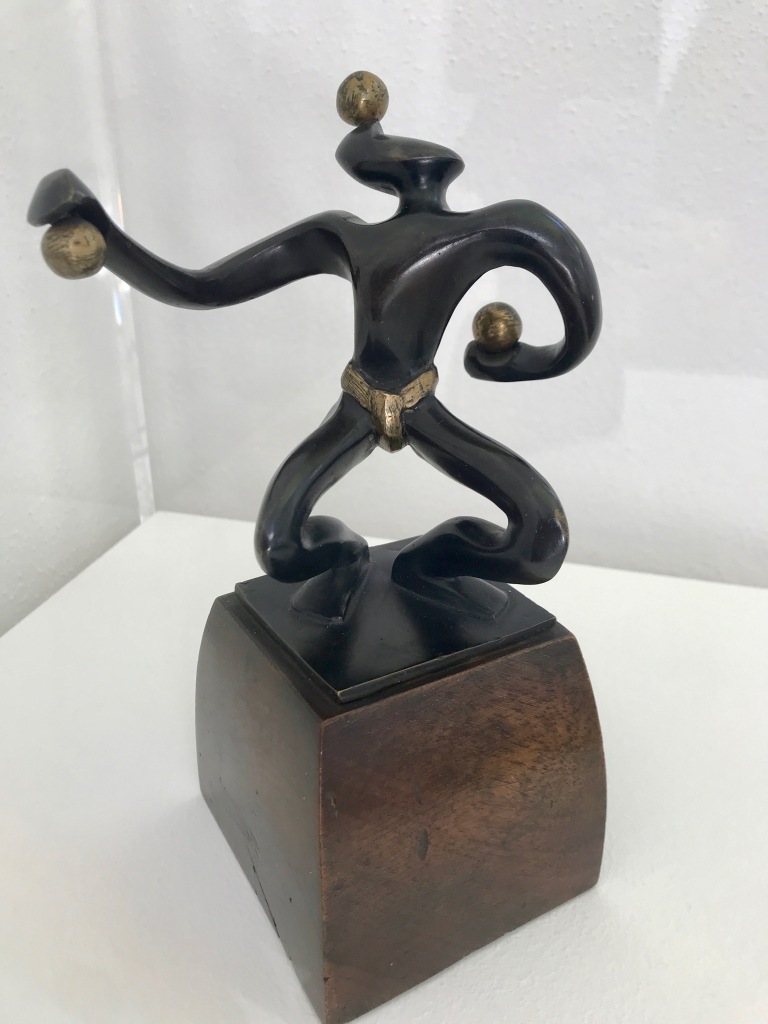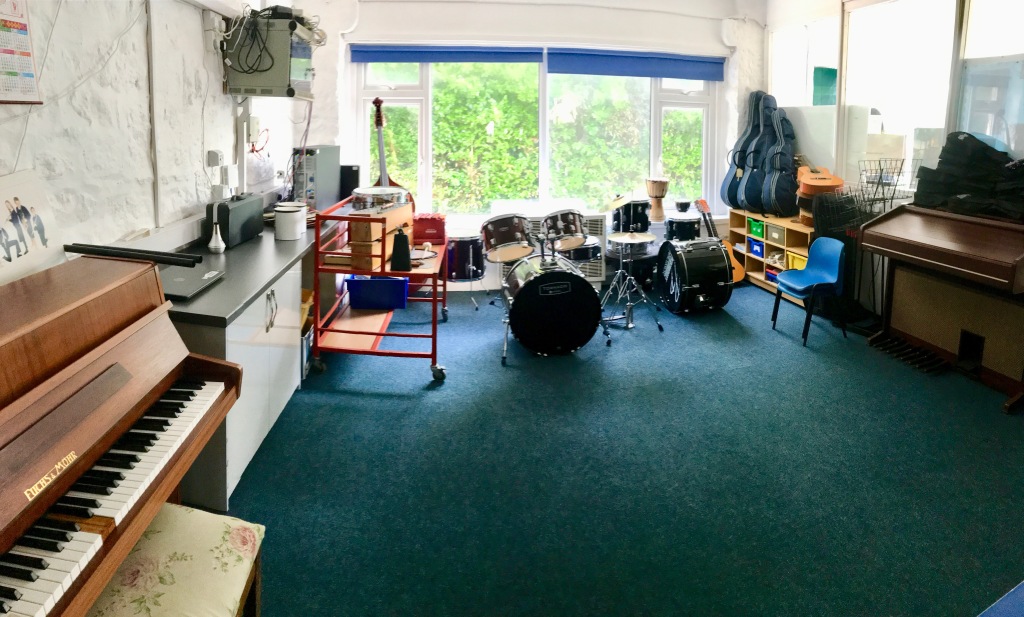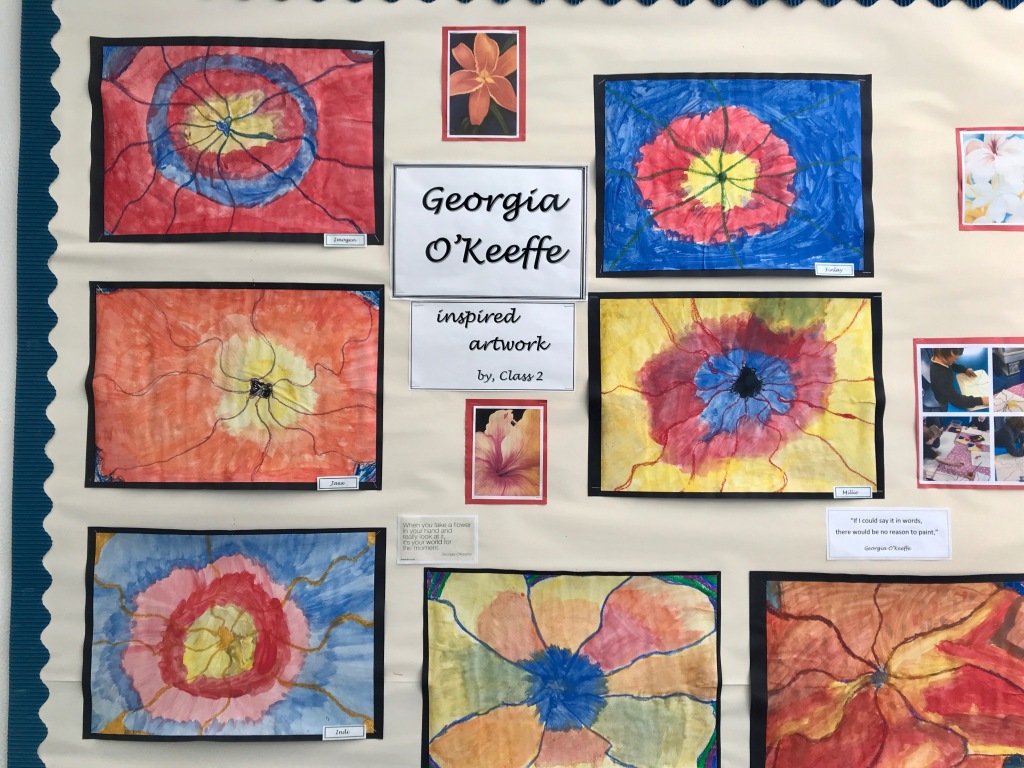
Despite being the most remote school in our RAPS project, and one of the smallest, Nancledra Primary is a great example of how the arts can be used to connect the students to big ideas while reflecting the creativity of the local cultures, past and present.
To set the scene – the school is located about four miles inland from St Ives on Cornwall’s north coast. We drove past farms and fields – down single-track lanes with high hedges. There are no nearby shops, pubs or amenities.
Head teacher Rick Hill told us about the diversity of the 110-strong student body; farming families; alternative/creative lifestyles (off-grid, living in yurts, etc); families that own bars, hotels and restaurants; families who work for those who own bars, hotels and restaurants (the majority).
We were told how some students travel from Penzance and other towns and villages, attracted by the school’s arts-richness, small class sizes (15-20 in combined year groups), rural location, and the stability provided by long-serving staff (including Rick).
About 15 years ago, Rick and a group of other Heads of Cornish schools discussed how they could broaden their offer and better reflect the history and culture of West Cornwall. They agreed that the area has a long and ongoing legacy of attracting creative people – potters, sculptures (such as Barbara Hepworth), painters, poets and musicians. The continually updated arts curriculum reflects this local artistic culture.
Art lead and Class 2 teacher Georgia Barker told us about the students’ visit to Penlee House Gallery and Museum. Studying the local landmark paintings there taught them about the centuries-old fishing culture.
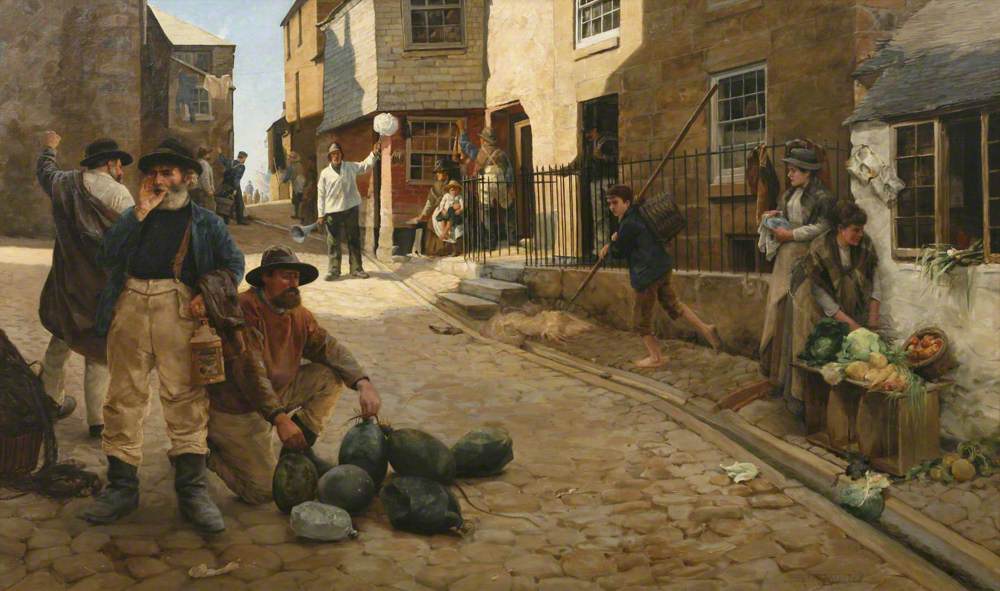
The gallery was full of ‘fishing scenes, widows who’ve lost their husbands, sea scenes and old cobbled streets. They do a brilliant thing where the characters come to life. A lady dresses up in a shawl and she talks about the paintings. We learned that, in the olden days, when the pilchards were in the bay, they would shout ‘Hevva! Hevva!’ from the top of the hill. That would mean they’d see an oily dark spill and all the men would run off to their boats.’
Rick, Georgia and Music lead Lucy Ainsley also told us about visits to Leach Pottery and Tate St Ives, which contains a gallery of local-themed art alongside the contemporary pieces. We also learned of a joint-schools singing performance at festival at St. John’s Hall in Penzance; and a guided tour around The Barbara Hepworth Museum and Sculpture Gallery in St Ives.
Lucy told us how, alongside other schools, the students of Nancledra has performed at the jaw-dropping open-air cliff-top Minack Theatre for the G7 partners and wives (and one husband!) when the conference was held in Cornwall in June 2021. Check out the BBC’s news report. Their performance – “Ocean World” – was about the migration of Humpback whales and the disastrous effects of plastic pollution in the oceans.
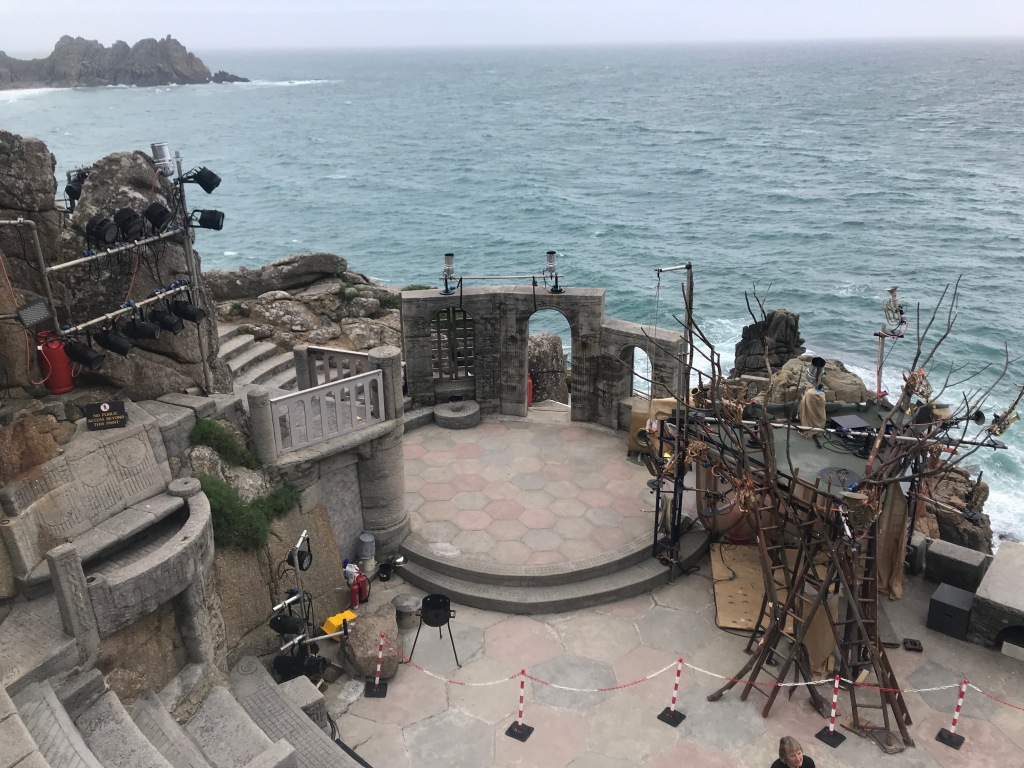
Despite these undoubtedly inspiring places and experiences, Rick stressed that ‘living at the very end of a very narrow peninsula with 270 degrees of sea around us’ offered relatively few places to visit. On a practical level, staff need a D1 classification on their licence to drive the mini-bus – automatic for those who passed their test 25 years ago, expensive to train and test otherwise. Parents and their cars are recruited for visits.
In recognition of their geographical isolation, the school receives sparsity funding (based the on average class size and distance from other primary and secondary schools) via the national funding formula.
Rick, himself a keen musician and singer, also points out the damage that the pandemic and lockdowns have done to the performing arts:
‘Singing used to be absolutely outstanding here three years ago. Before Covid, you could have come in on a Friday morning, and listened to our primary school choir singing with four-part harmony.’
Lucy and Rick assure us that the choir is regaining its strength. Students were learning ‘Singing in the Rain’ (from 1952) for the Queen’s platinum jubilee.
Rick mentioned that he had set up a Dads’ Choir as a plan to compensate for the gender bias against boys in the school choir. Rick and the local farmer dads rehearsed once a week and sang in schools. Mission accomplished, there are now plans to start a Mums’ Choir.
Students told us about learning the ukulele and other instruments in school, taking peripatetic lessons, and playing and singing in a lunchtime school band.



As well as the visits and performances, we saw lots of evidence that Nancledra was reaching out and connecting through the arts. Like Newlyn Primary, Nancledra has a display of loaned art from Newlyn Art Gallery and Cornwall Council as part of the Think, Talk, Make Art project. These include Plasticine Painting (1995 Laura Godfrey-Isaacs), St Ives Crabber (1949 Kate Nicholson), Judith in Hospital (1986 Timothy Hyman) and Sirens (1930 Leonard Fuller) – all included below.
Arts lead Georgia had attended network sessions with Isabel Stephens, Head of Newlyn Primary, and CPD sessions with Melanie Cox from Gomersal Primary (see previous RAPS blog posts for Newlyn and Gomersal). She told us how the students were now using their sketchbooks in a more exploratory fashion.


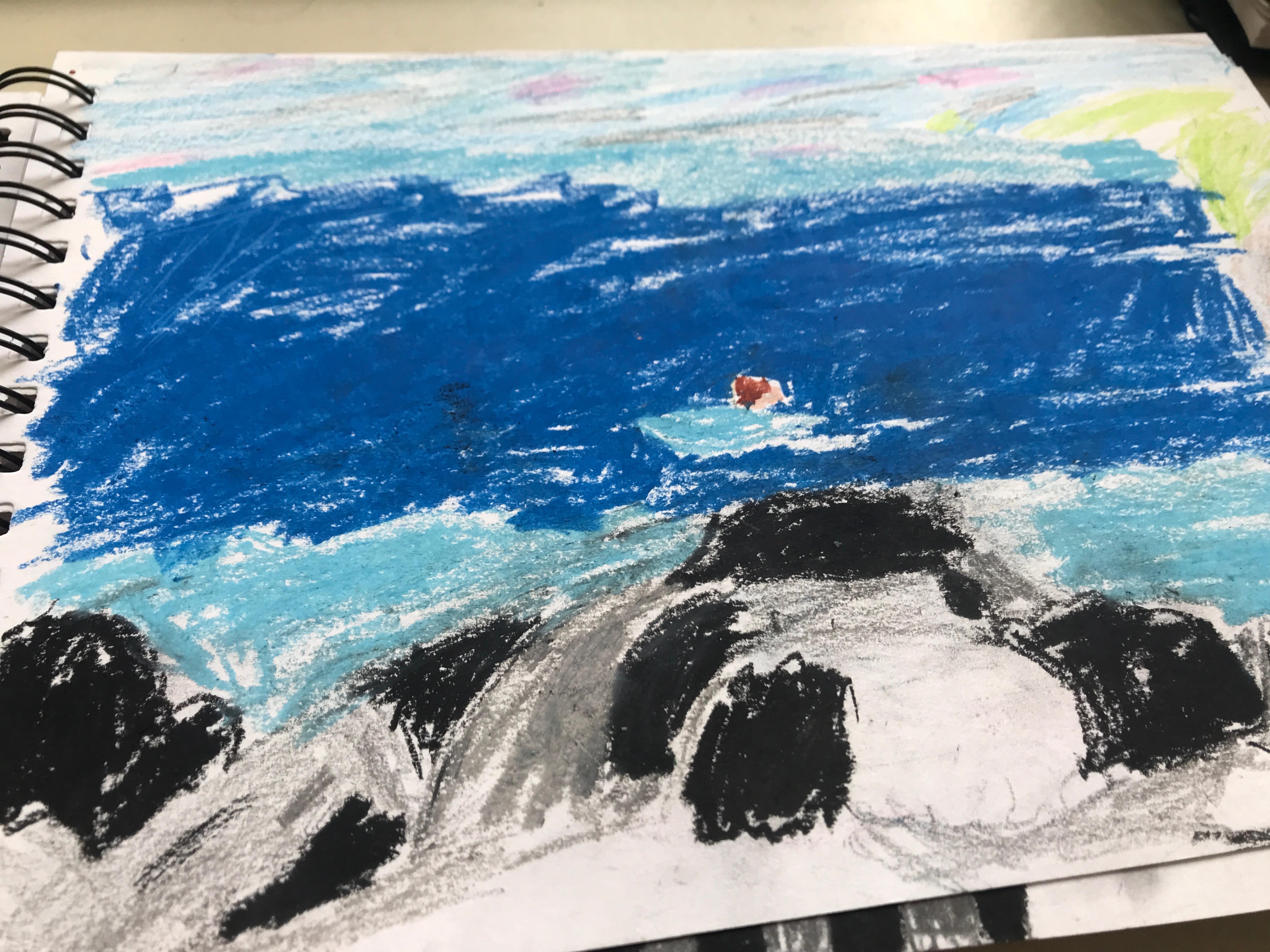
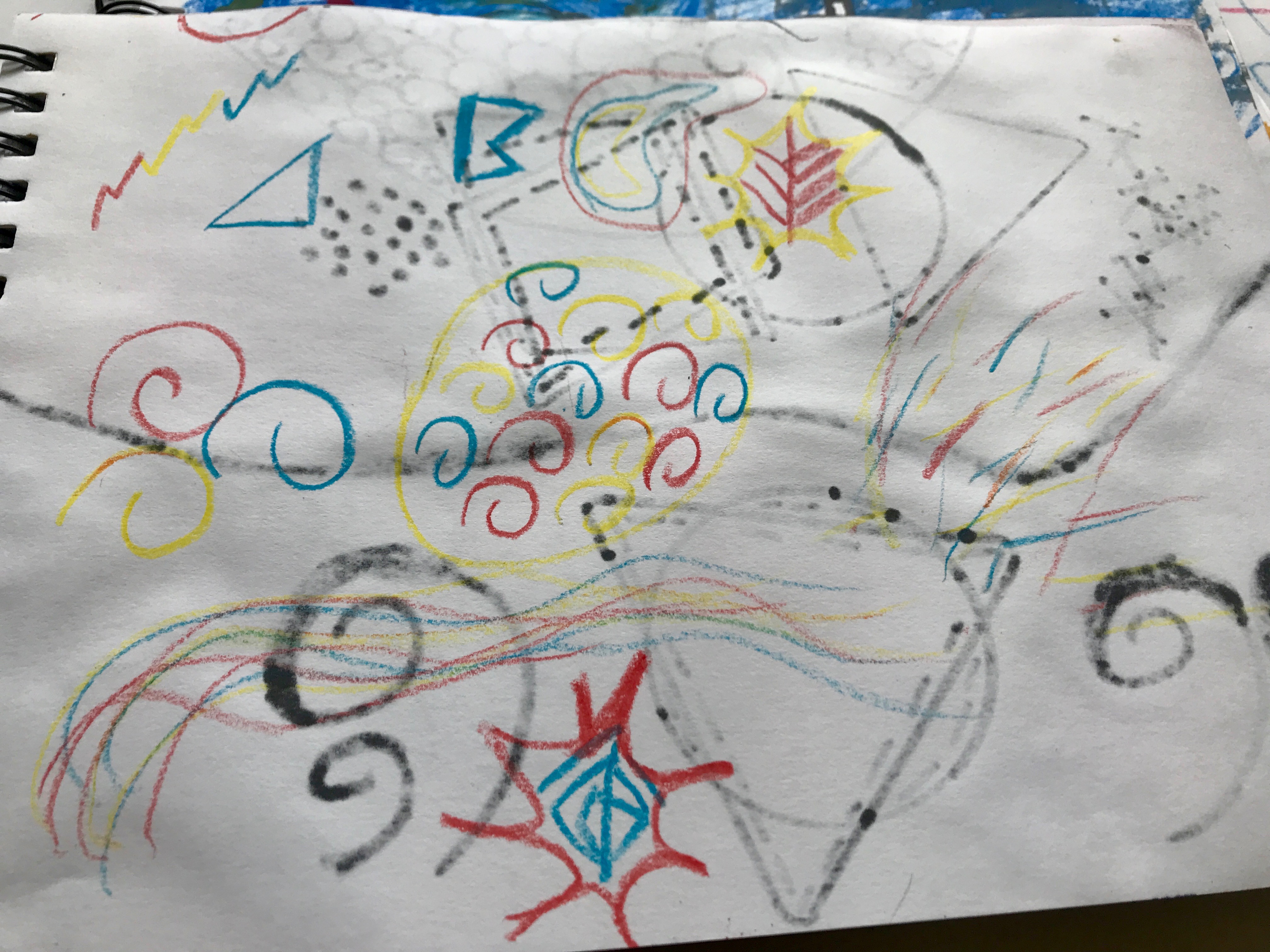

Georgia introduced us to the recently-arrived Ukrainian student, a sign of Nancledra’s openness to new cultures and new ideas.
Finally, after our focus group interviews with the students, a Year 5 member of the school’s extra-curricular art club was keen to show us their artwork. We will leave you with this charming selection of their animals, and celebrate the skill, talent and teaching that produced them.
Many thanks to Head Teacher Rick Gill for his time and organisation, Art Coordinator and Class 2 teacher Georgia Barker, Music lead Lucy Ainsley and all of the students who spoke with us about the arts that they do at this fascinating school.
You may also be interested in reading our recently-published Art, Craft and Design Rapid Evidence Review – a survey of published scholarly literature on art, craft and design in education.


